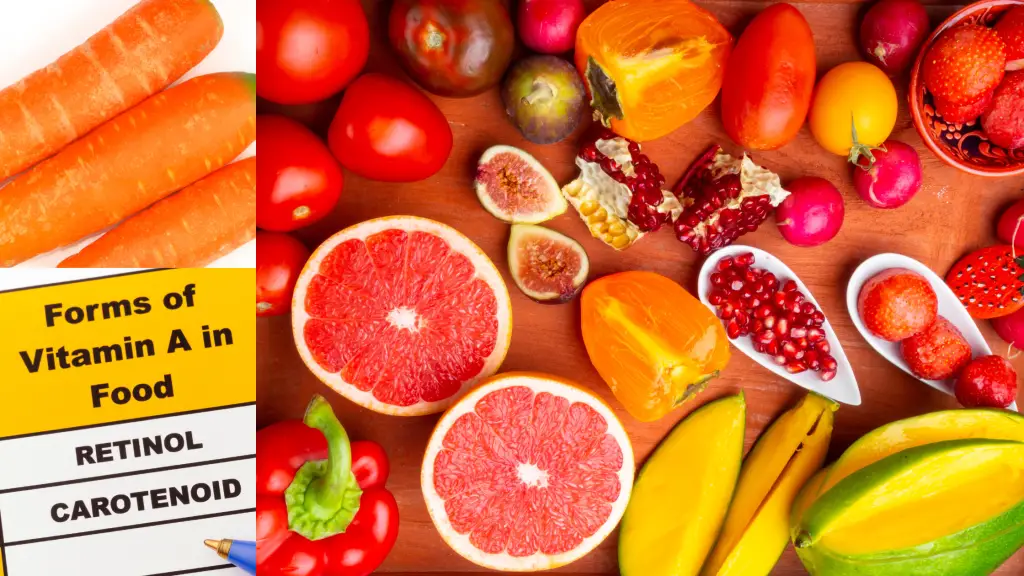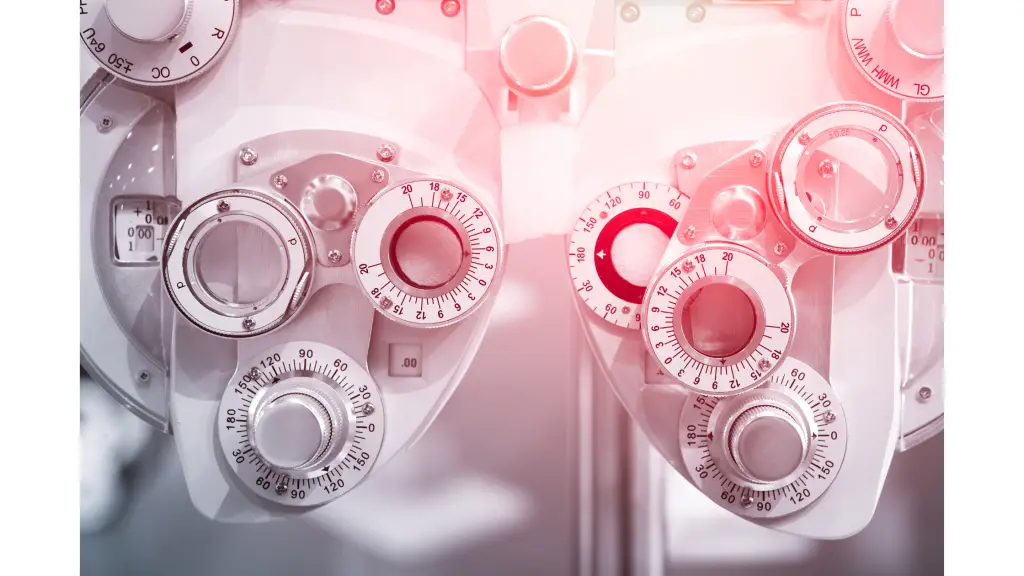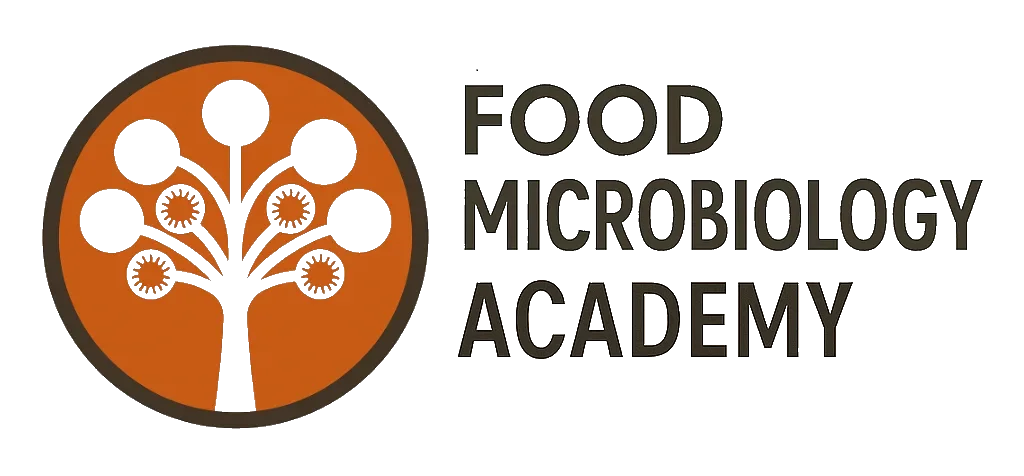This piece of work was submitted by Weny Tjong, as a 3rd-year student in the School of Applied Sciences at RMIT University in 2008. It was part of a wider body of work looking at the potential to have bacterial sources of zeaxanthin incorporated into novel functional food products, a different perspective on food microbiology. This blog article covers an introduction to carotenoids, their importance in eye health and then some microbial sources of zeaxanthin. The idea is that these species could form the basis of microbiology processes for industrial production of zeaxanthin for incorporation into food.
What are carotenoids?
Carotenoids are liposoluble tetraterpenes, they are widely distributed pigments occurring in flowering plants, algae, fungi and bacteria, and also in animals as diverse as birds and crustaceans (Schieber & Carle, 2005). They can only be synthesised by plants and bacteria, and thus their presence in animals is due to ingestion via food and subsequent accumulation in certain tissues. In plants, these carotenoids are localized in subcellular organelles (plastids), such as chloroplasts and chromoplasts. There are two main classes of naturally occurring carotenoids: carotenes and xanthophylls (Saljita, Singhal & Kamat, 2008). Carotenes are hydrocarbons that are either linear or cyclised at one or both ends of the molecule, whereas xanthophylls are the oxygenated derivatives of carotenes. Examples of carotenes include β-carotene and α-carotene, and xanthophylls include violaxanthin, antheraxanthin, zeaxanthin, neoxanthin and lutein.
Carotenoids have a conjugated double bond system that constitutes the light absorbing chromophore which gives them their bright colour, and presence in the visible absorption spectrum which aids their identification and quantification (Sajilata, Singhal & Kamat, 2008). All-trans isomers strongly absorb visible light in region between 400 and 500 nm, while cis-isomers absorb light in the near UV region (~ 320 nm).

Carotenoids in eye health
The carotenoids lutein and zeaxanthin may be beneficial to macular health as they are the only carotenoids found in the eye (Jones, 2007). This is also supported by Yeum et al., 1996 and Updike & Schwartz, 2003. Their data indicate that the main carotenoids present in both human macula and lenses are lutein and zeaxanthin. Lutein and zeaxanthin are therefore the primary components of the human macula pigment. Lutein and zeaxanthin concentration is found to be approximately 500 times higher than the concentration in other tissues (Mares-Perlman et al., 2002). Zeaxanthin is more prominent in the inner macula whereas lutein is more dominant away from the fovea. This distribution of lutein and zeaxanthin in the retina suggests the possible role of lutein in protecting the rods that are concentrated in the peripheral retina and zeaxanthin in protecting the cones that are concentrated in the central retina. Bone et al. 1998 has proposed that the role of these macular pigments may be two-fold: to improve visual acuity and to protect the retinal tissues against photo-degradation.

Microbial sources of zexanthin
Microbial production of zeaxanthin has gained some interest in the nutraceutical industry. As they are amongst the few microbes that synthesize zeaxanthin as their predominant carotenoid, the choice of the microbial source is critical. The determination of which microorganism produces higher yield of zeaxanthin is carried out by performing HPLC analysis with ultraviolet/visible or photodiode array detection on the extracted carotenoids from the microorganisms (Gierhart, 1995).
Sphingobacterium multivorum
Zeaxanthin is essentially the only carotenoid produced by Sphingobacterium multivorum. The pigment formed by this species consists of 95% to 99% zeaxanthin, with the zeaxanthin produced being identical to that of Zea mays (Gierhart, 1995). Since β-carotene and β-cryptoxanthin are the precursors in biosynthesis of zeaxanthin, their presence (~ 5% to 10%) is observed during the initial growth phases of Sphingobacterium multivorum The hydroxylation of these precursors subsequently leads to zeaxanthin.
Sphingobacterium multivorum cultures are able to produce up to 190 mg zeaxanthin per litre, with specific cell concentration of 16 mg per gram dried cellular mass (Sajilata, Singhal & Kamat, 2008). These cultures are grown in media containing glucose or sucrose, sulphur-containing amino acids such as methionie, cysteine or cystine, pyridoxine, and bivalent metal ions such as Fe2+ ,Co2+ ,Mo2+ or Mn2+.
Erwinia herbicola
Erwinia herbicola is a non photosynthetic bacterium which is yellow in colour due to accumulation of mono- and di- glucosides of zeaxanthin carotenoids (Sajilata, Singhal & Kamat, 2008).
Neospongioccoccum
Neospongioccoccum is one of FDA approved generally regarded as safe (GRAS) strains which has been added into poultry feed to enhance their yellow pigmentation (Sajilata, Singhal & Kamat, 2008). In addition, it is known that the green alga Neospongiococcum excentricum produces up to 0.65% xanthophylls on the dry basis.
Spirulina
Sajilata, Singhal & Kamat, 2008 has reviewed that this blue-green alga has been fed to cultured prawns to enhance their carapace colour. The zeaxanthin produced by Spirulina, is converted into astaxanthin responsible for the colour enhancement. In the case of broiled chicken, accumulation of zeaxanthin within the flesh is provided by Spirulina, which increases the yellowness and redness in it.
There are many more other microbial sources of zeaxanthin. Among these are Dunaliella salina, Synechocystis sp, Microcystis aeruginosa, and Phaffia rhodozyma. The details of these are available in Sajilata, Singhal & Kamat, 2008.
References
Bone, R. A., Landrum, J. T., Fernandez, L. Tarsis, S. L. (1988). Analysis of the macular pigment by HPLC retinal distribution and age study. Investigative Ophthalmology & Visual Science, 29(6), 843-849.
Gierhart, D. L. & Applied Food Biotechnology Inc. (1995). Zeaxanthin-containing compositions produced by Flavobacterium multivorum. U.S. patent 5,427,783. date of issue June 27 1995.
Jones, A. A. (2007). Age related macular degeneration: should your patients be taking additional supplements. Australian Family Physician, 36(12), 1026-1028.
Mares-Perlman, J. A., Millen, A. E., Ficek, T. L & Hankinson, S. E. (2002). The body evidence to support a protective role for lutein and zeaxanthin in delaying chronic disease. The Journal of Nutrition, 132, 518S-524S.
Sajilata, M. G., Singhal, R.S. & Kamat, M. Y. (2008). The carotenoid pigment zeaxanthin. Food Science and Food Safety, 7, 29-49.
Schieber, A. & Carle, R. (2005). Occurrence of carotenoid cis-isomers in food: technological, analytical, and nutritional implications. Trends in Food Science & Technology, 16, 416-422.
Updike, A. A. & Schwartz, S. J. (2003). Thermal processing of vegetables increases cis isomers of lutein and zeaxanthin. J. Agric. Food Chem., 51, 6184-6190.
Yeum, K. J., Booth, S. L., Sadowski, J. A., Liu, C., Tang, G., Krinsky, N. I. & Russell, R. M. (1996). Human plasma carotenoid response to the ingestion of controlled diets high in fruits and vegetables. Am J Clin Nutr, 64, 594-602.



